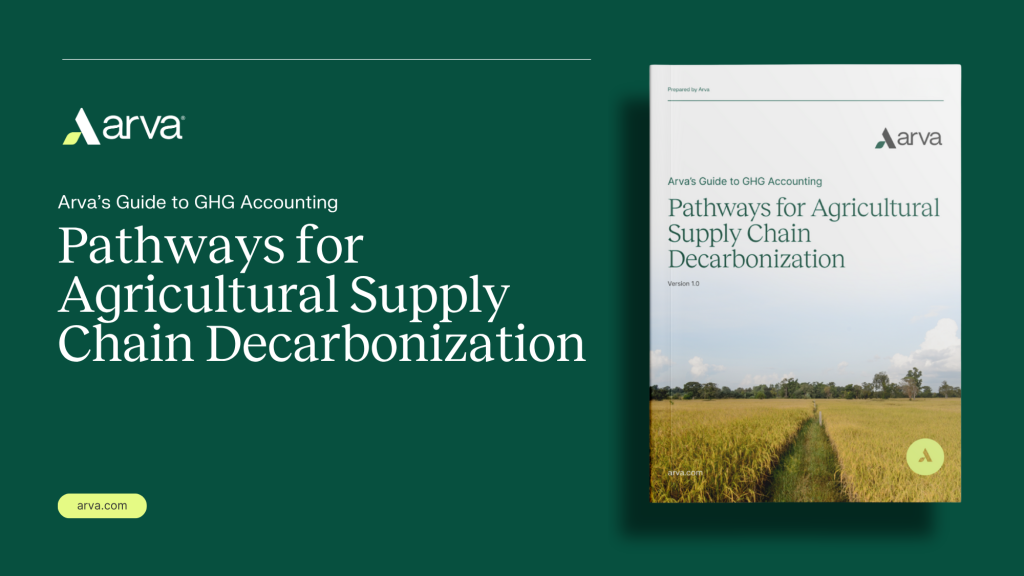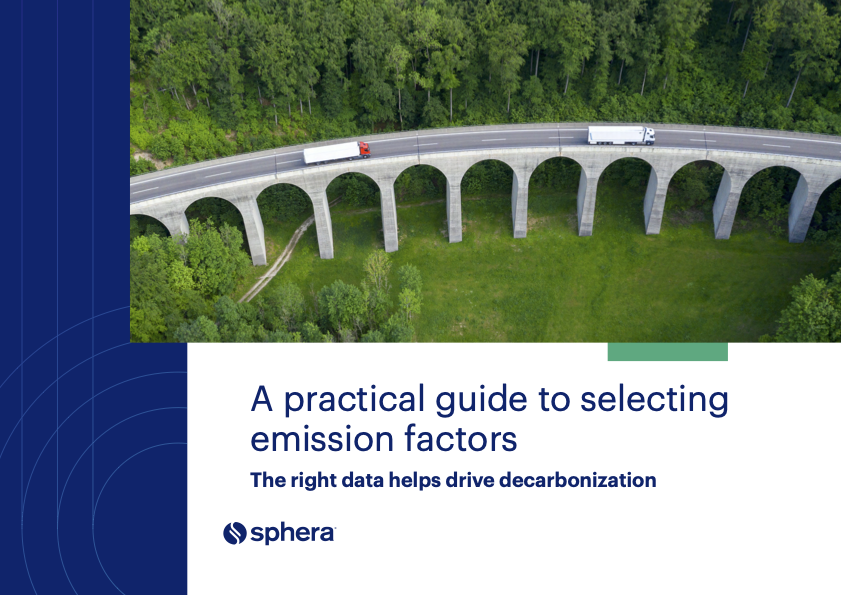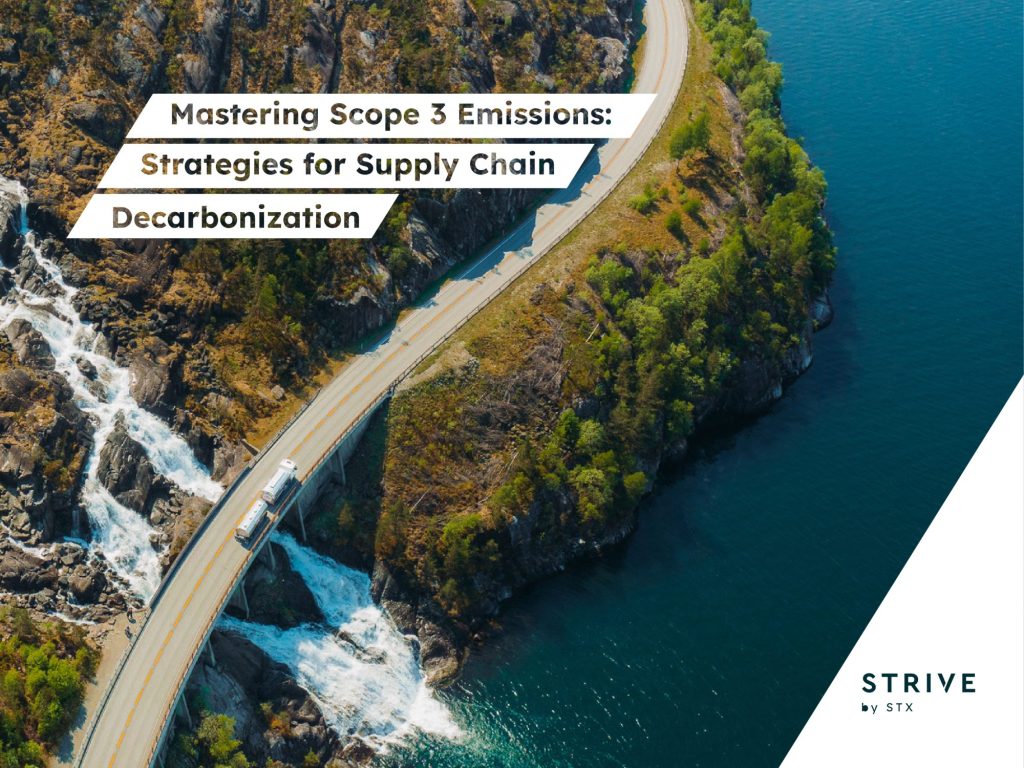All eyes are on the Net Zero Banking Alliance, but the real action is elsewhere
Regardless of the group's fate, redirecting capital toward low-carbon infrastructure remains the challenge. Read More

- The alliance’s next move may grab attention, but binding commitments were already diluted and major U.S. banks have walked away.
- Progress will be measured by how well financing shifts toward decarbonizing energy, especially in heavy industries like steel, cement and shipping.
- Banks are moving beyond collective targets toward competitive “collective learning” that could accelerate the energy transition.
How will banks collaborate on the financial industry’s net zero progress? Do they even need to work together? Can the same financial institutions that enable fossil fuels help to usher in a low-carbon global economy?
Those questions hang in the air as the members of the Net Zero Banking Alliance (NZBA) are expected to announce a vote any day now over whether to remain a committed club with formal obligations or something looser, such as a guidance-based framework.
The alliance has been on hold since Aug. 27 pending a decision pegged for September. It had already rejected binding requirements for members in April, following a rapid exodus of 20 major banks. The U.S. anchor members that have fled since December, including Goldman Sachs, Wells Fargo, Citigroup, Bank of America, Morgan Stanley and JPMorgan Chase, are also heavy fossil fuel financiers.
Each exit sparked outrage from activist groups that urged banks to halt oil and gas investments immediately. Other experts warned that the financial sector’s net zero targets would enter a “zombie” state, neither alive nor dead but ultimately aimless.
Yet most of the NZBA’s members, about 120, have remained despite an ESG backlash and threats by Republican lawmakers. Meanwhile, individual banks are neither dramatically ditching their climate goals nor firing sustainability teams, despite some walkbacks and surface title changes.
“The infrastructure that has been built up over the last couple of years has been intact,” said Brian O’Hanlon, managing director of climate-aligned finance at the Rocky Mountain Institute in Washington, D.C. “And that, to me, is a very interesting sign.”
No ‘climate heroes’
But whatever the alliance decides, O’Hanlon and other climate transition experts maintain that it’s the wrong thing to focus on. The group had been useful as a scaling mechanism that elevated best practices, he said, but the real change comes where banks deploy capital.
“I don’t think we ever should have looked at banks as climate heroes, but they do sit on the edge of the greatest transformations in the economy,” O’Hanlon said. “We’re in the energy transition right now where we are asking banks to pan for gold when it comes to the energy structures and the deals of the future.”
The issue can be more creative, he added: “Let’s get into the cost. Let’s look into the deals. Where’s the innovation coming into place here?”
O’Hanlon’s stance aligns with that of Saskia Straub, climate policy analyst with New Climate Institute. The Cologne, Germany, group has found that the voluntary targets of large U.N.-backed financial alliances have not meaningfully advanced decarbonization in finance.
Instead, banks should engage investees and direct finance to real-world, low-carbon activities in the short term, according to Straub. High-emissions sectors such as steel, cement and shipping should be a priority. “Particularly important is actively engaging with investee companies and introducing clear consequences if emissions from financed and facilitated sources are not reduced,” she said.
Watchdogs watching
In addition, pressure on banks needs to shift to pragmatic action on the infrastructure, incentives and institutional capabilities that help them deliver on goals and remain commercially viable, according to O’Hanlon. And if activists don’t understand how the heavily regulated institutions they seek to influence actually function, progress can stall further.
“Banks are not developing projects on the ground,” he said. “They don’t provide the menu, they don’t shop for the ingredients and they don’t set this up.”
Yet banks can use better intelligence about renewable energy options, including the capital expenditure of clients and regional contexts, according to O’Hanlon.
A shift to ‘collective learning’?
The NZBA is only the latest group wobbling under the Glasgow Financial Alliance for Net Zero (GFANZ), which launched in April 2021 amid high hopes under then-COP 26 President Mark Carney. The NZBA sub-alliance quickly attracted some 145 banks representing $70 trillion in assets.
Four years later, however, the banking alliance may follow the path of GFANZ itself, which restructured in January and relaxed criteria for membership, even allowing companies without solid net zero goals to participate.
Such groups were useful as a mobilization and scaling mechanism that elevated best practices, but even since their launch more companies have integrated sustainability into their business, experts note.
The pendulum has swung away from collective action, according to O’Hanlon. “Maybe we’ve gone from collective action to collective learning,” he said. “We are seeing banks and other parts of the financial sector learn from each other much faster in a state of competition, and that will give projects and companies of the future more choice at lower costs.”

Subscribe to Trellis Briefing
Featured Reports

The Premier Event for Sustainable Business Leaders
















